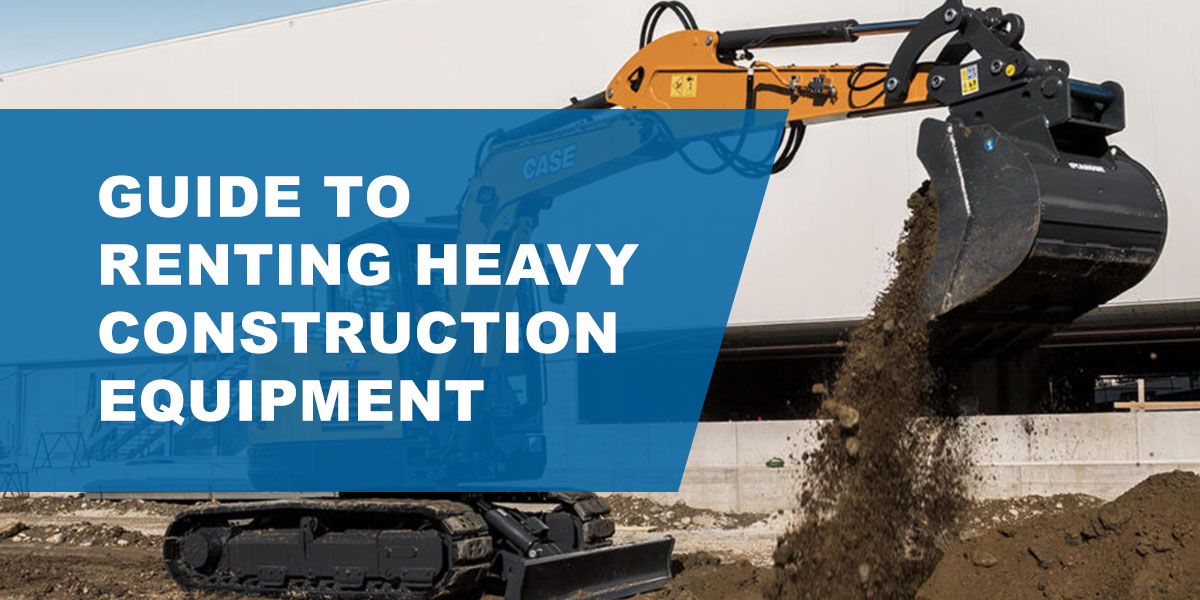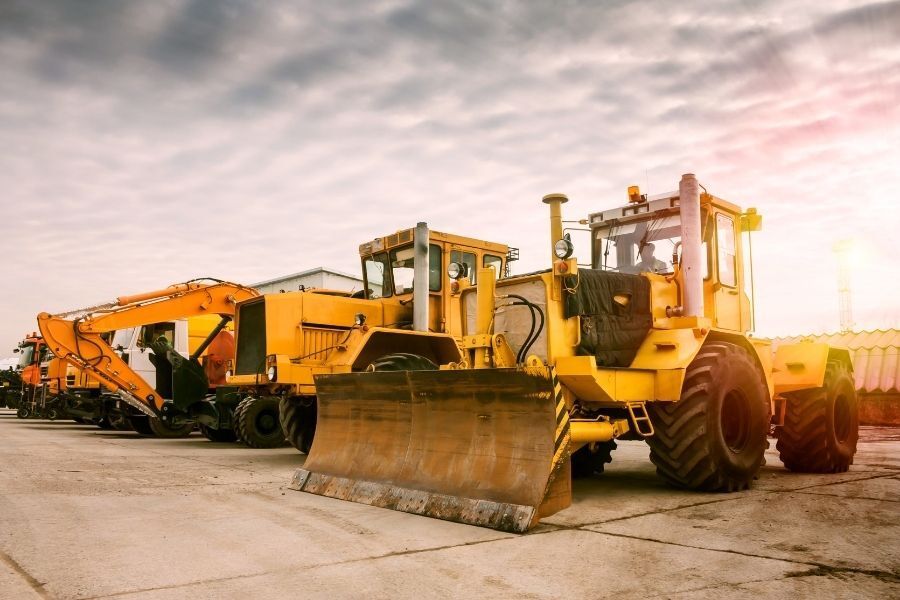Optimize Your Budget Plan by Recognizing the Costs Related To Building Devices Leasings
Understanding the full range of expenses linked with building equipment leasings is critical for optimizing your spending plan. What techniques can be used to properly take care of these prices and make sure a much more effective rental experience?
Summary of Rental Costs
When thinking about building tools rentals, comprehending the associated prices is vital for efficient budgeting and task preparation. Rental costs can vary considerably based upon several aspects, including devices kind, duration of rental, and place. The preliminary rental charge commonly shows the devices's market demand and its linked functional abilities, influencing the total cost.
In enhancement to the base rental rate, supplementary prices might emerge, such as transportation costs, gas surcharges, and maintenance charges. It is important to represent these added costs to precisely analyze the complete cost of renting equipment. The rental duration can affect rates; longer rentals may qualify for discounted rates, while temporary rentals could sustain higher day-to-day fees.

Failure of Rental Rates
A comprehensive understanding of rental rates is vital for specialists and project supervisors intending to enhance their budget plans. Rental rates for building devices usually include several parts, including base rates, time-based costs, and usage costs.
Base prices are the core fees connected with the rental of the devices, frequently identified by the type and dimension of the equipment. These rates can vary substantially, influenced by elements such as equipment demand, accessibility, and local market fads. Time-based charges, which may be daily, weekly, or monthly, serve to suit different project timelines and rental durations.
Furthermore, rental rates may include usage fees, which apply when tools is used beyond a specified limit, ensuring that the rental firm can make up damage. Seasonal demand variations can likewise impact rental prices, with peak construction periods usually regulating higher rates.
Furthermore, understanding the rental company's policies relating to upkeep and insurance coverage can provide more insight right into the general expense framework. By evaluating these components, professionals can make enlightened decisions, making certain the option of rental equipment straightens with both project requirements and budget plan constraints.
Additional Charges to Take Into Consideration
Comprehending the intricacies of extra charges is important for professionals to manage their general leasing expenses properly. Past the standard rental rates, numerous supplementary charges can considerably impact the total cost of tools leasing. These charges typically consist of delivery and pickup charges, which can differ based on distance and logistics involved in transporting the devices to and from the task site.
Furthermore, some rental firms might impose fuel additional charges if the devices is returned with less fuel than when rented out. It is additionally vital to know prospective cleansing costs, especially for specific tools that needs complete upkeep after use.

Thoroughly assessing the rental contract and clarifying these aerial lift rental added costs upfront can aid specialists stay clear of unanticipated expenses and guarantee that budget plans continue to be intact throughout the task lifecycle.
Maintenance and Repair Work Costs
Regular upkeep and fixing expenses are commonly neglected variables that can dramatically affect the general price of building devices services. When renting tools, it is important to think about not just the rental fees but also the prospective prices related to maintaining the equipment in optimal operating problem.
Lots of rental firms include fundamental upkeep as part of the rental arrangement; nevertheless, extra comprehensive fixings or unexpected failures can lead to extra expenditures. It's important to evaluate the rental agreement meticulously to comprehend what upkeep services are covered and what duties drop on the tenant.
Furthermore, equipment that is not well-kept can bring about ineffectiveness at work website, possibly creating hold-ups and boosting task expenses. To mitigate these threats, it is advisable to carry out normal assessments and keep open communication with the rental service provider pertaining to any kind of concerns that occur throughout use.
Insurance Policy and Obligation Expenses
Insurance and responsibility prices are vital parts that can dramatically influence the general cost of building equipment leasings (forklift rental). These prices make sure that both the rental firm and the client are shielded from potential financial losses occurring from accidents, damage, or theft throughout the rental duration

Furthermore, clients need to recognize any kind of deductibles or exemptions in the insurance plan, as these can influence potential out-of-pocket expenses. Understanding the conditions of any kind of insurance policy coverage is important to avoid unexpected expenses. Ultimately, budgeting for insurance policy and liability expenses can assist make certain a smoother rental experience and safeguard versus economic risks related to building tasks.
Final Thought
To conclude, an extensive understanding of the expenses related to building devices rentals is important for effective budget monitoring. By evaluating rental prices, additional fees, upkeep expenditures, and insurance policy demands, individuals and organizations can reduce unforeseen expenditures. This tactical method not only boosts cost-effectiveness yet likewise guarantees that tasks progress smoothly and effectively. Eventually, informed decision-making concerning equipment services adds to the overall success of construction undertakings.
Rental expenses can vary dramatically based on a number of factors, consisting of equipment kind, duration of service, and place (construction equipment rentals). The rental period can impact pricing; longer rentals might qualify for discounted rates, while temporary leasings could sustain higher daily charges
By conducting complete research study and engaging with reliable rental firms, specialists can properly browse the complexities of rental prices, ultimately maximizing their financial resources.
Beyond the standard rental prices, different supplementary fees can significantly influence the complete cost of devices rental. Rental firms usually give liability insurance policy that covers injuries to third parties or damage to residential or commercial property, while devices damages insurance coverage can cover the cost of repairs or substitute if the rented tools is damaged.